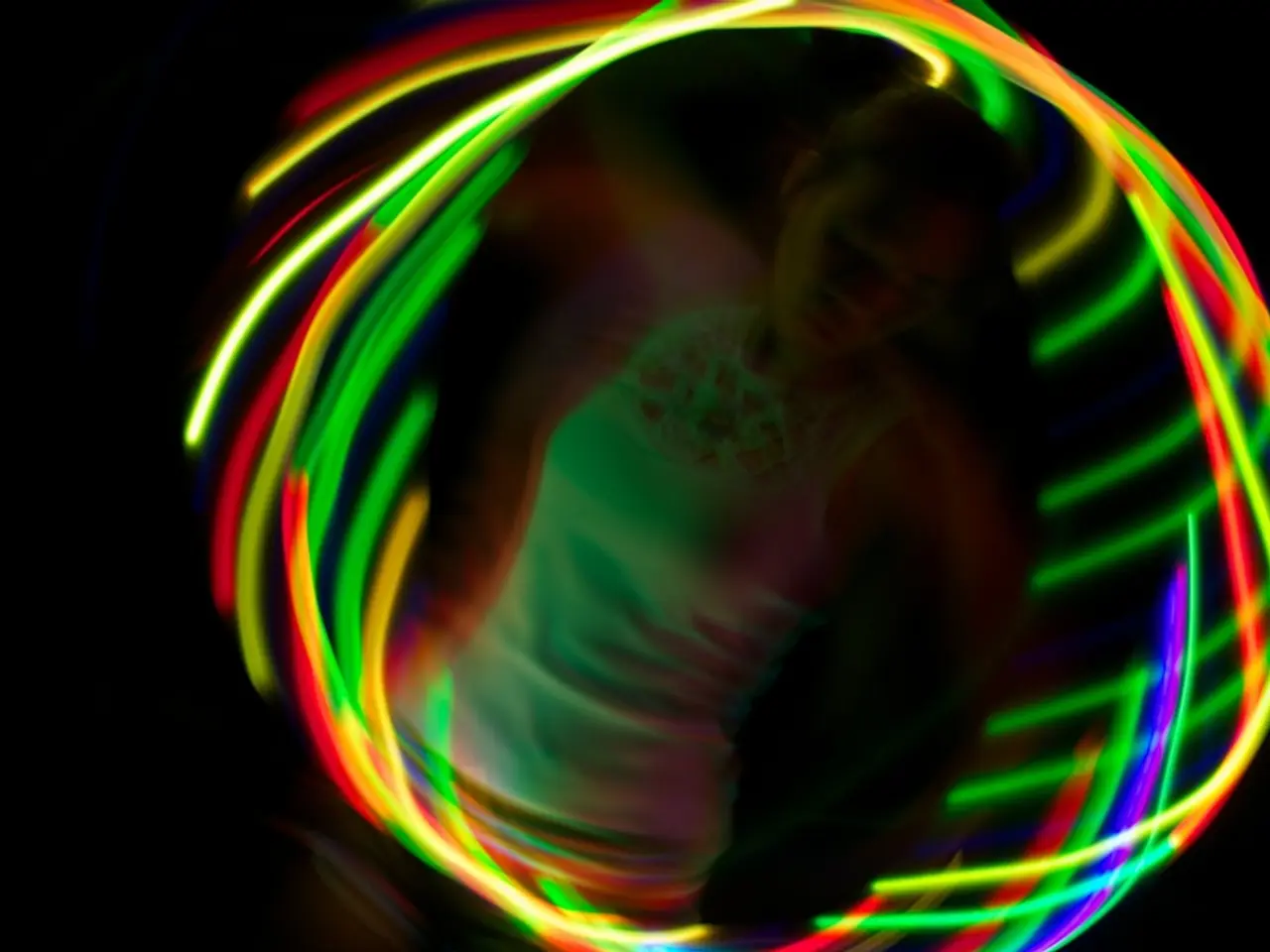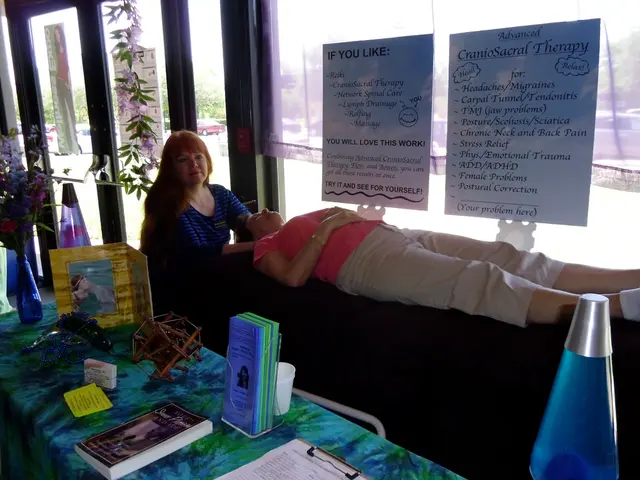Method for Permanent Elimination of Under-Eye Dark Circles
Dark circles under the eyes can be a common concern for many individuals, but there are several effective treatments and lifestyle changes that can help reduce their appearance. This article explores various methods, ranging from home remedies to professional therapies, to help you achieve a brighter, more refreshed look.
### Home Remedies and Topical Treatments
One simple yet effective approach is applying cold compresses, such as cold milk-soaked pads, cucumber slices, or chilled tea bags, which constrict blood vessels and reduce puffiness around the eyes [1][2]. Topical eye creams also play a significant role in reducing dark circles. Caffeinated eye creams help tighten skin and reduce puffiness, while creams containing retinol boost collagen production, improving skin thickness and reducing darkness [2][3].
Ingredients like arbutin, hydroquinone, kojic acid, and bioflavonoids can reduce melanin production and brighten pigmentation [2][3]. Hydrating creams keep the delicate under-eye skin plump and healthy, which diminishes dark circles [3]. However, it is essential to note that high doses of arbutin can cause hyperpigmentation, and the long-term safety of hydroquinone and kojic acid is unknown [1].
### Professional Treatments
For more lasting results, treatments like dermal fillers, chemical peels, laser therapy, or microneedling increase collagen, improve skin texture, and reduce pigmentation [5]. Some users also report reductions in dark circles using jade or rose quartz rollers, which stimulate circulation and may help improve the appearance of dark circles [3].
### Lifestyle Changes and Preventive Measures
Adequate sleep, hydration, and stress reduction are crucial in preventing and reducing dark circles. Getting 7-8 hours of quality sleep nightly is essential, as is maintaining proper hydration to keep skin elasticity and prevent the skin around the eyes from looking dull and sunken [1][4]. Quitting smoking and limiting alcohol consumption can also help reduce dark circles, as both habits damage skin, reduce blood flow, dehydrate, and worsen their appearance [2].
Practices like meditation can improve sleep quality and overall skin health, contributing to reduced dark circles [2]. Proper skin care is also vital. Removing makeup daily, regularly cleansing the skin, and using moisturizing products specific for under-eye skin can keep the area soft and supple [2][4].
### Important Considerations
People should be cautious when using retinoids, such as retinol, in the eye area, as they can lead to dry eye disease, a chronic condition that is not reversible [6]. Hyperpigmentation, caused by UV light exposure, can also lead to dark circles under the eyes, so protecting the eye area from UV light is important for skin care [7].
If topical treatments do not work, noninvasive skin procedures such as laser therapy may help reduce the appearance of dark eye circles [8]. Some people also try using invasive procedures like soft tissue fillers. It is essential to consult a doctor or dermatologist before trying hydroquinone, kojic acid, or arbutin, as they may have potential side effects [9].
In the United States, hydroquinone is available by prescription, and many over-the-counter skin lightening creams contain dangerous ingredients such as mercury [9]. A doctor or dermatologist can help identify the cause of dark eye circles and recommend appropriate treatment or lifestyle changes if needed [10].
Dark eye circles can occur due to various factors, including the natural structure of the skin or bones in the face, deep tear troughs, more pigment in the skin, wider or more numerous blood vessels beneath the skin, fatigue, allergies, eczema, rubbing the eyes, eye strain, certain medications, and other factors [10]. Dark eye circles can be permanent or temporary, depending on the cause [10].
A 2021 review suggests that topical vitamin K may reduce the appearance of dilated blood vessels and have anti-inflammatory properties [11]. A 10% vitamin C product has been shown to increase the thickness of skin beneath the eye, potentially reducing the visibility of dark circles [12]. Caffeine can also constrict blood vessels and may help reduce dark circles when added to eye creams [2].
In conclusion, reducing the appearance of dark circles under the eyes involves a combination of proven topical methods and lifestyle changes. By integrating these treatments—starting with simple home remedies and lifestyle adjustments, progressing to topical products rich in retinoids or brightening agents, and considering professional therapies for persistent cases—you can effectively reduce the appearance of dark circles under the eyes [1][2][3]. It is always advisable to consult a doctor or dermatologist before starting any new treatment regimen.
- Creams containing retinol, found in skin-care products, boost collagen production, improving skin thickness and reducing darkness around the eyes.
- Arbutin, hydroquinone, kojic acid, and bioflavonoids are ingredients that can reduce melanin production and brighten pigmentation for a more even skin tone.
- Caffeinated eye creams help tighten skin and reduce puffiness, while hydrating creams keep the delicate under-eye skin plump and healthy.
- Professional treatments like dermal fillers, chemical peels, laser therapy, or microneedling increase collagen, improve skin texture, and reduce pigmentation for a more youthful appearance.
- Adequate sleep, hydration, and stress reduction are crucial in preventing and reducing dark circles under the eyes, contributing to a healthier lifestyle and wellness.6.science has shown that certain ingredients, such as vitamin K, vitamin C, and caffeine, can have positive effects on reducing the appearance of dark circles and puffiness.
- When using any product containing retinoids, hydroquinone, or kojic acid, it is essential to consult a doctor or dermatologist to ensure safety and proper usage, as these ingredients may have potential side effects.




